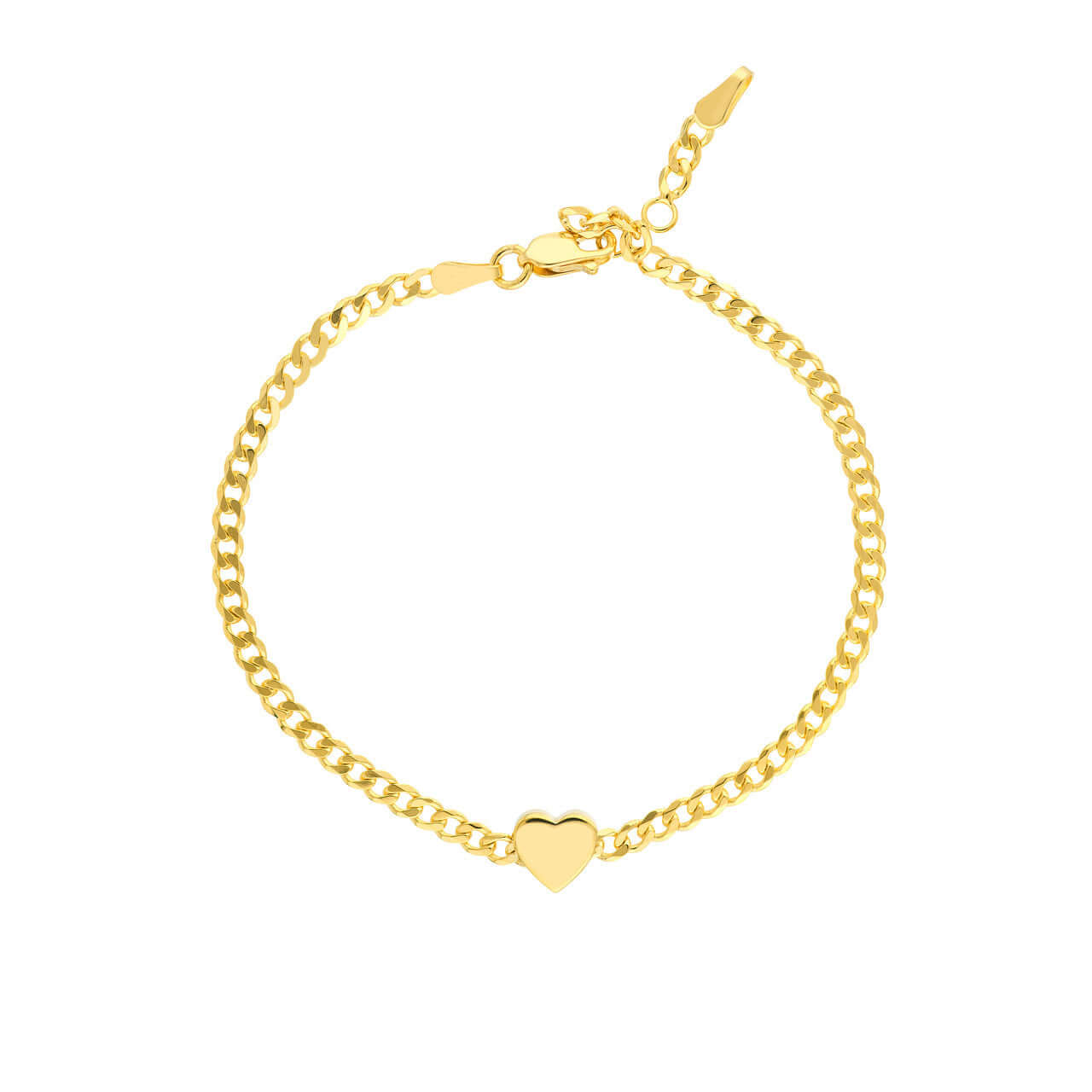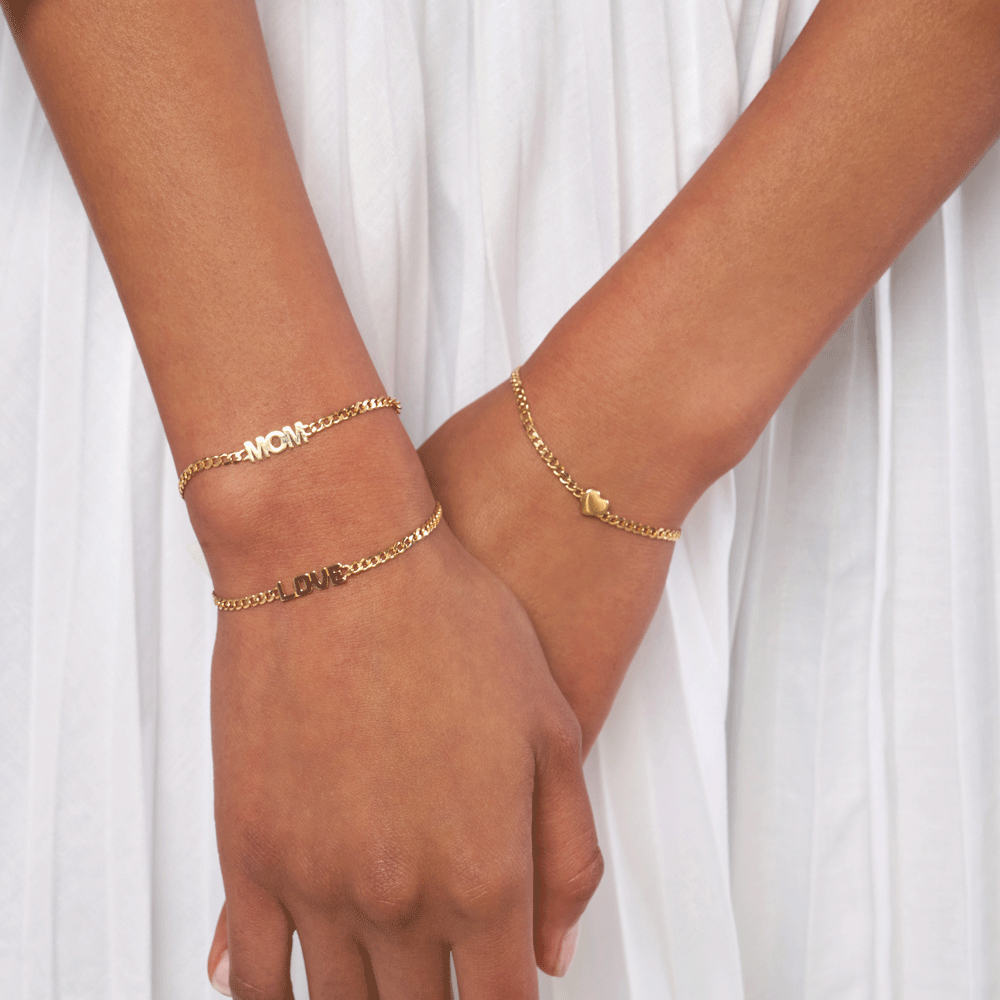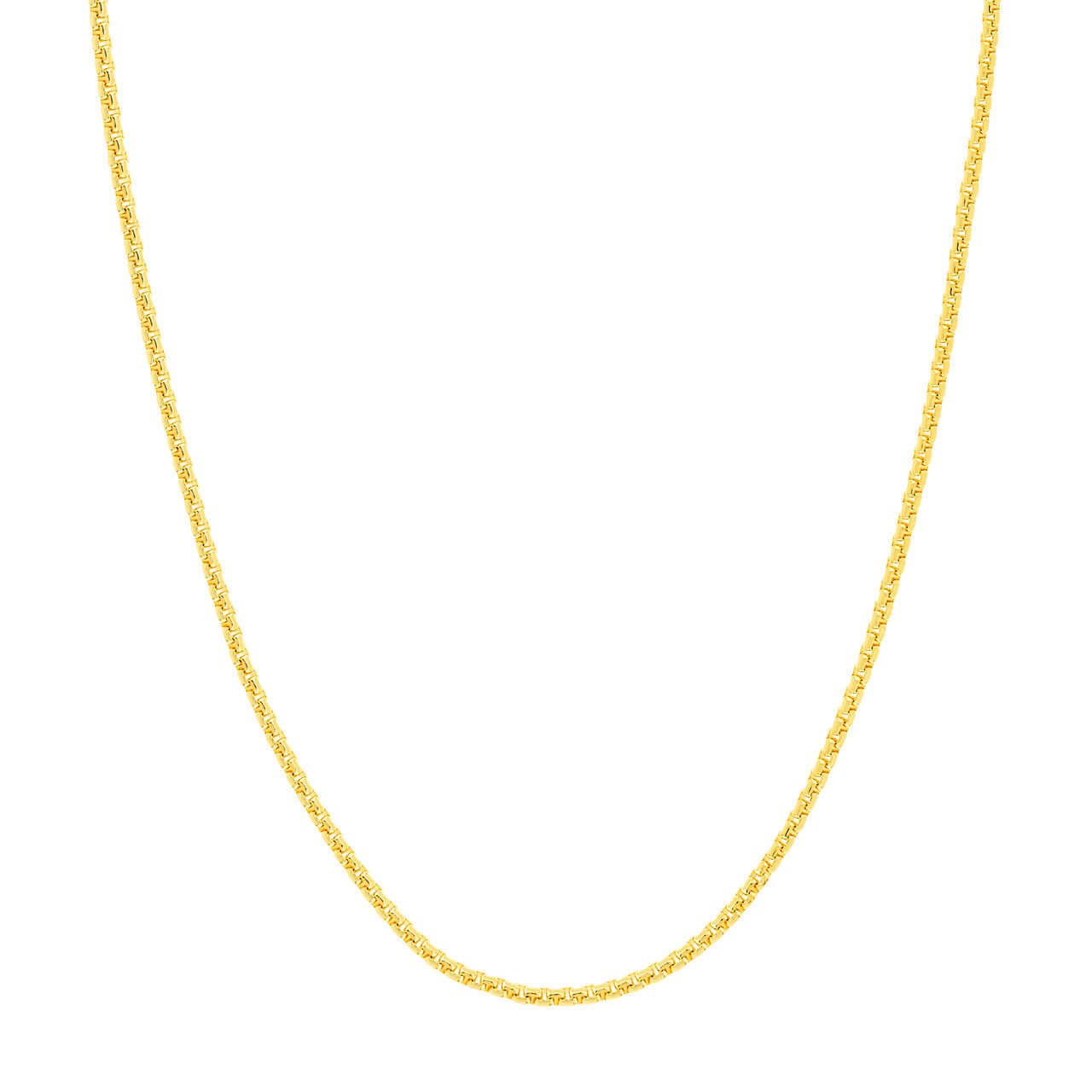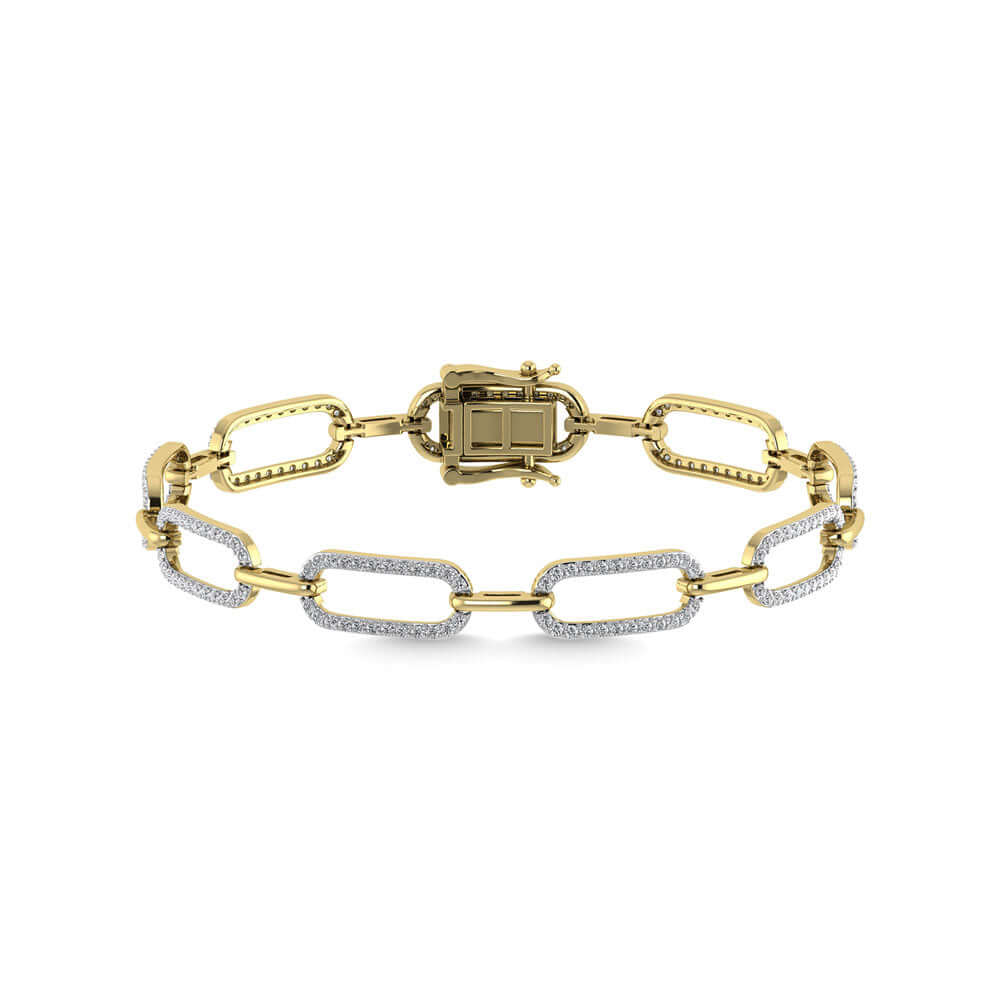But what gives gold its color?
Contrary to popular belief, pure gold is actually yellow in its natural state. It is the addition of other metals, such as copper, silver, or zinc, that imbues gold with its different colors. By varying the composition and proportions of these alloying metals, jewelers can achieve a spectrum of captivating colors, ranging from the ethereal blush of rose gold to the cool shimmer of white gold.
Join us as we uncover the secrets behind the mesmerizing world of colored gold. Discover how craftsmanship and creativity intertwine to bring these radiant hues to life, and gain a deeper appreciation for the much-loved treasure that is colored gold. Get ready to be enamored by the beauty and diversity of this precious metal in all its glorious forms.

























